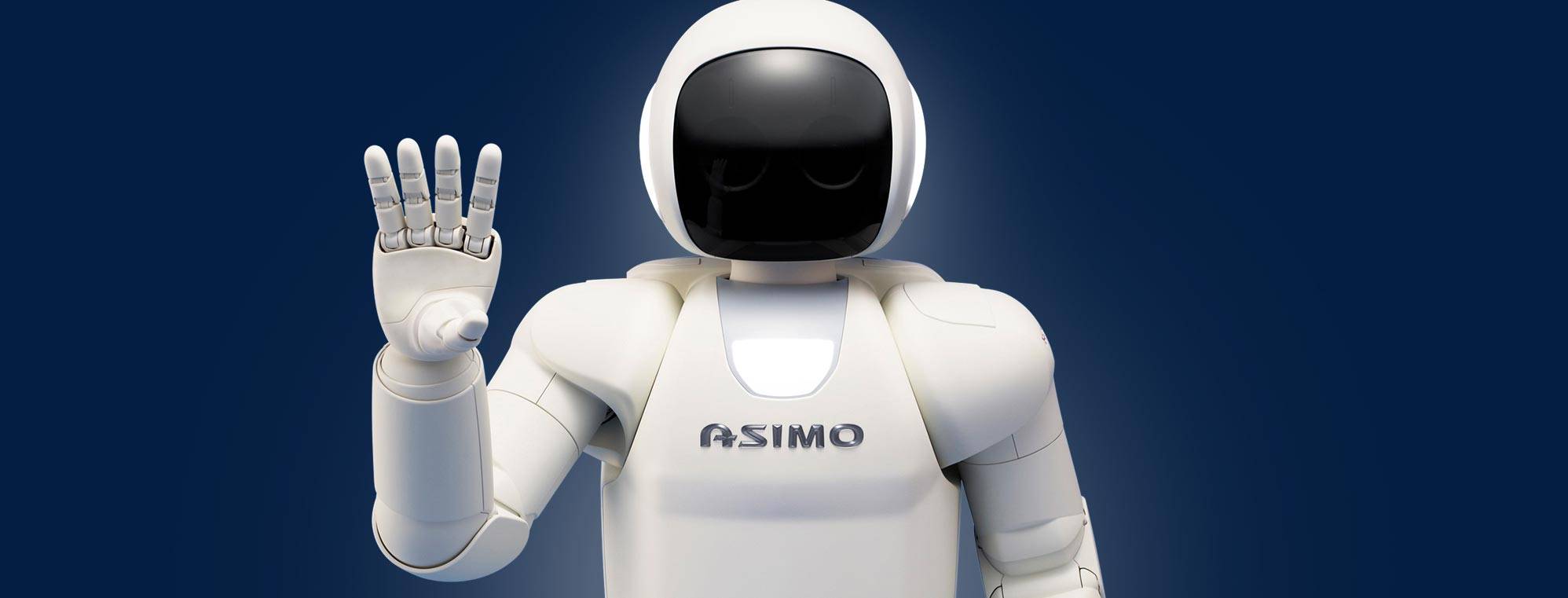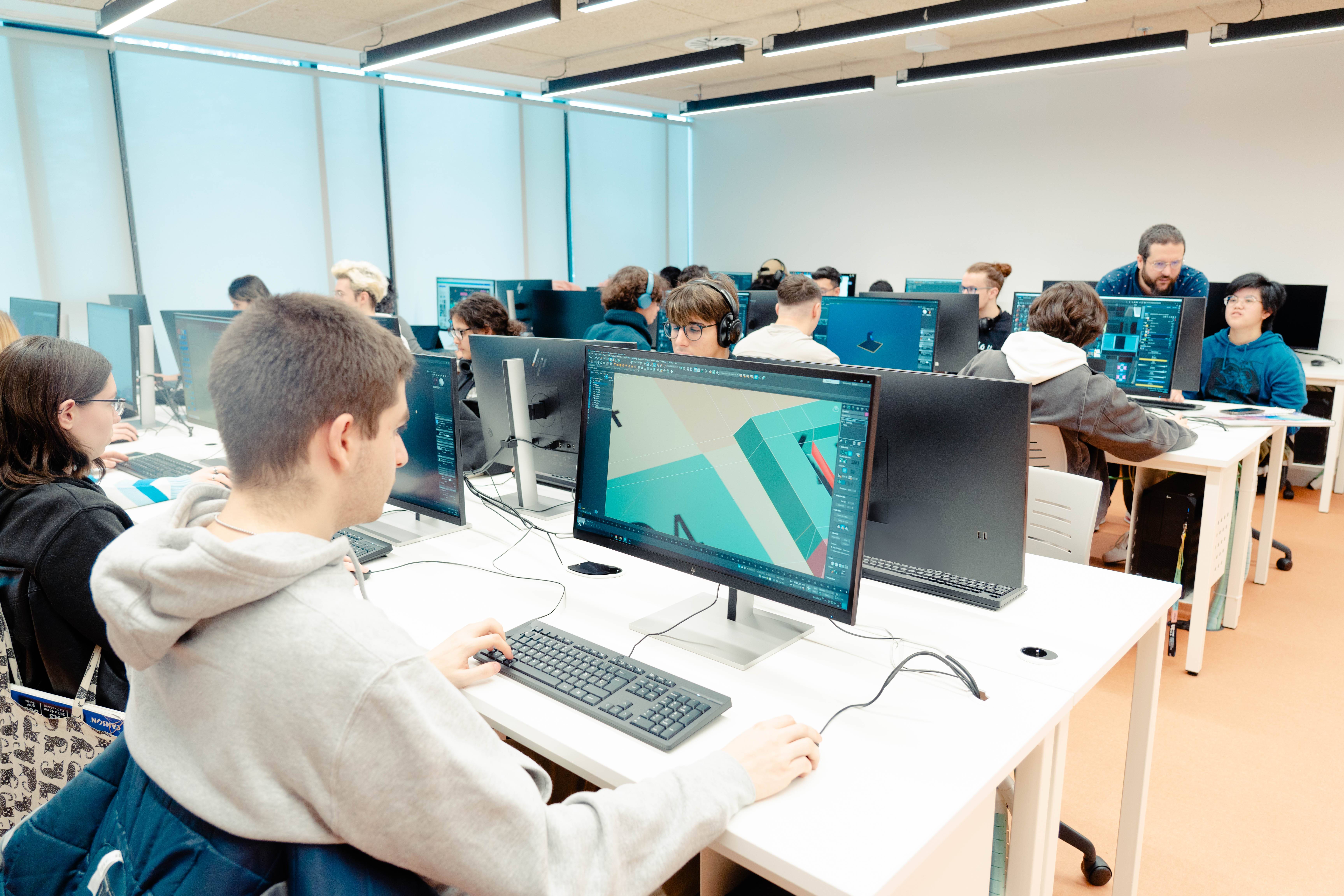Front-End Developer, Back-End Developer, Full Stack Developer, know their differences
In the world of web and software development, the roles of front-end developer, back-end developer and full stack developer are fundamental. While they may seem similar to those unfamiliar with the field, each of these roles has unique responsibilities, skills and approaches. Understanding these differences between front-end developer, back-end developer and full stack developer is crucial for both aspiring developers and companies looking to hire the right talent for their projects. At UDIT you will be able to train for a degree in Full Stack development, the most in-demand area of programming in the world.
3 profiles with different roles and responsibilities
Front-End Developer
What does a Front-End Developer do?
The front-end developer specialises in the part of web development that interacts directly with the user. Everything you see on a website, from design to interactivity, is the work of the front-end developer. This professional focuses on creating an attractive and efficient user experience, ensuring that the interface is intuitive and easy to use.
Key responsibilities
- User Interface (UI) Design: Create and bring to life the designs provided by the graphic designers.
- User Experience (UX) Development: Ensuring the interface is functional and accessible, providing a seamless experience.
- Interactivity and Animations: Implement interactive elements and animations that enhance the user experience.
- Optimisation: Ensure that web pages load quickly and are accessible on different devices and browsers.
- Testing and Debugging: Performing tests to detect and correct errors in design and functionality.
Tools and Technologies
Front-end engineers work with a variety of technologies and tools, including:
- HTML/CSS: Basic languages for web page design and structure.
- JavaScript: The primary language for adding interactivity to web pages.
- Frameworks and Libraries: Tools such as React, Angular and Vue.js that facilitate the development of complex web applications.
- CSS Preprocessors: Tools such as SASS and LESS that allow CSS to be written in a more efficient and modular way.
- Version control: Git and platforms such as GitHub for tracking code changes.
Back-End Developer
What does a back-end developer do?
The back-end developer focuses on the part of the development that the user does not see, i.e. the server, the database and the application logic. This professional is responsible for building and maintaining the systems that support the front-end functionality, ensuring that everything runs smoothly behind the scenes.
Key responsibilities
- System architecture design: Planning and developing the structure of the application and how the components interact with each other.
- Database Management: Design, implementation and maintenance of databases to efficiently store and retrieve data.
- API development: Creation of application programming interfaces (APIs) that enable communication between the front-end and back-end.
- Security and authentication: Implementing security measures to protect data and ensure that only authorised users can access certain functionalities.
- Performance optimisation: Ensuring that the server and databases run efficiently and can handle large volumes of traffic.
Tools and technologies
Back-end developers use a variety of technologies and tools, including:
- Programming languages: Java, Python, Ruby, PHP, Node.js and other languages that are suitable for server-side development.
- Databases: SQL (MySQL, PostgreSQL) and NoSQL (MongoDB, Cassandra) for data storage.
- Frameworks and Platforms: Django, Ruby on Rails, Express.js and others that facilitate the development of web applications.
- Servers and Hosting: Configuration and maintenance of web servers, using technologies such as Apache, Nginx and cloud services such as AWS, Azure and Google Cloud.
- Version Control: Git and platforms such as GitHub for tracking and managing code changes.
Full Stack Developer
What does a Full Stack Developer do?
The full stack developer is a versatile professional who has both front-end and back-end skills. This ability to work on all parts of an application makes them a valuable resource for companies, as they can tackle problems and projects holistically, from the user interface to the server logic.
Key Responsibilities
- End-to-end application development: Work on complete application development, from user interface design to implementation of server logic and database management.
- Complex problem solving: Ability to tackle problems affecting both front-end and back-end, providing end-to-end solutions.
- Cross-departmental collaboration: Work closely with designers, front-end and back-end engineers, and other teams to ensure that all parts of the project integrate seamlessly.
- Testing and debugging: Perform extensive testing and debugging on both the client and server side to ensure that the application works correctly in all aspects.
Tools and technologies
A full stack developer must be familiar with a wide range of technologies, including those used by both front-end and back-end engineers:
- Front-End: HTML, CSS, JavaScript, React, Angular, Vue.js.
- Back-End: Java, Python, Ruby, PHP, Node.js, SQL, NoSQL.
- Version Control: Git, GitHub.
- DevOps and CI/CD: Tools such as Docker, Kubernetes, Jenkins for continuous integration and delivery.
- Cloud services: AWS, Azure, Google Cloud for application deployment and maintenance.
Comparison and key differences
Focus and specialisation
- Front-End Developer: Focuses exclusively on user interface and user experience. Primarily uses HTML, CSS and JavaScript, along with related frameworks and libraries.
- Back-End Developer: Focuses on the server, database and application logic. Works with server-side programming languages, databases and back-end frameworks.
- Full Stack Developer: Combines front-end and back-end skills. Has a broad knowledge and can work on any part of the technology stack.
Tools and Technologies
- Front-End Developer: Uses tools such as React, Angular, SASS, and version control systems.
- Back-End Developer: Works with languages such as Python, Java, frameworks such as Django and Ruby on Rails, and database technologies.
- Full Stack Developer: Must master tools and technologies from both fields, being able to move between different parts of the development of an application.
Responsibilities and daily tasks
- Front-End Developer: Design and develop user interfaces, ensure optimisation and accessibility of web pages, and create interactivity with JavaScript.
- Back-End Developer: Designs the system architecture, develops and maintains databases and APIs, and ensures server security and performance.
- Full Stack Developer: Manages full application development, collaborates closely with other teams and solves complex problems affecting both the front-end and back-end.
The roles of front-end developer, back-end developer and full stack developer are essential in web and software development, each with their own unique focus and specialisation. While the front-end engineer is dedicated to creating attractive and functional user interfaces, the back-end engineer focuses on server logic and data management. The full stack developer, on the other hand, is a versatile professional who can work on all aspects of application development.
Understanding the differences and specific responsibilities of each of these roles is crucial for both developers looking to specialise and companies looking to hire the right talent for their projects. In a constantly evolving digital world, these professionals are the pillars that guarantee the creation of robust, efficient and attractive web applications.
Train in Full Stack development with UDIT
The Full Stack Developer Degree provides a solid foundation in programming principles, data structures, algorithms and networks. You will become an all-round programmer mastering software development and front-end/back-end programming.
At UDIT, you will be trained in the most complete and advanced way in one of the most demanded areas in the world. For four years you will train alongside professional teachers from the sector and you will carry out guaranteed internships in leading companies in the sector.
You will be able to achieve a unique technical profile, completing your training with an official Cloud certification recognised worldwide (Microsoft or AWS).
Find out more
What is the difference between Software Engineering, Full Stack Developer and Front-End Developer?









